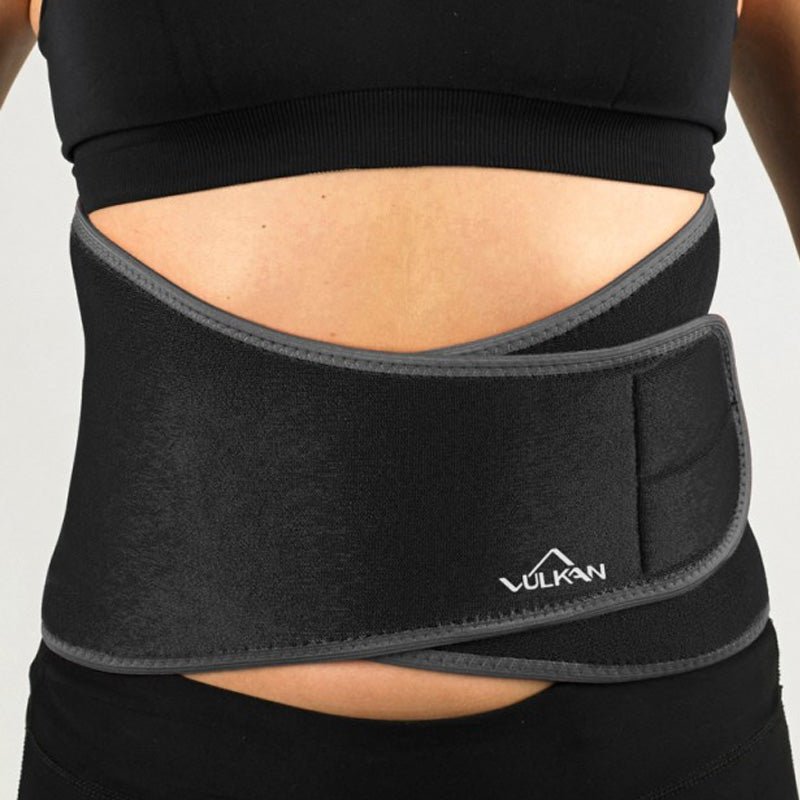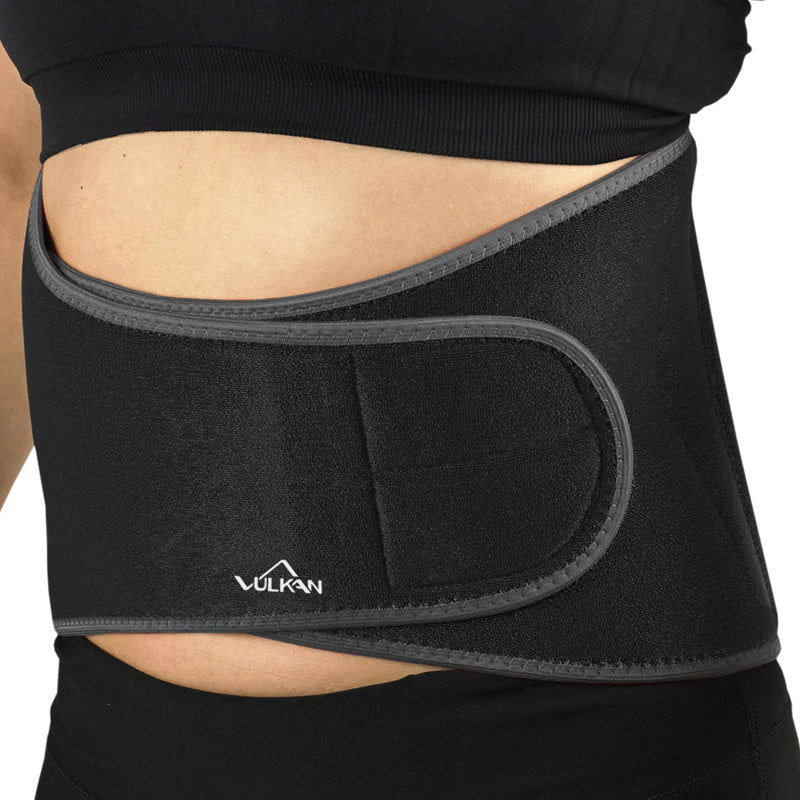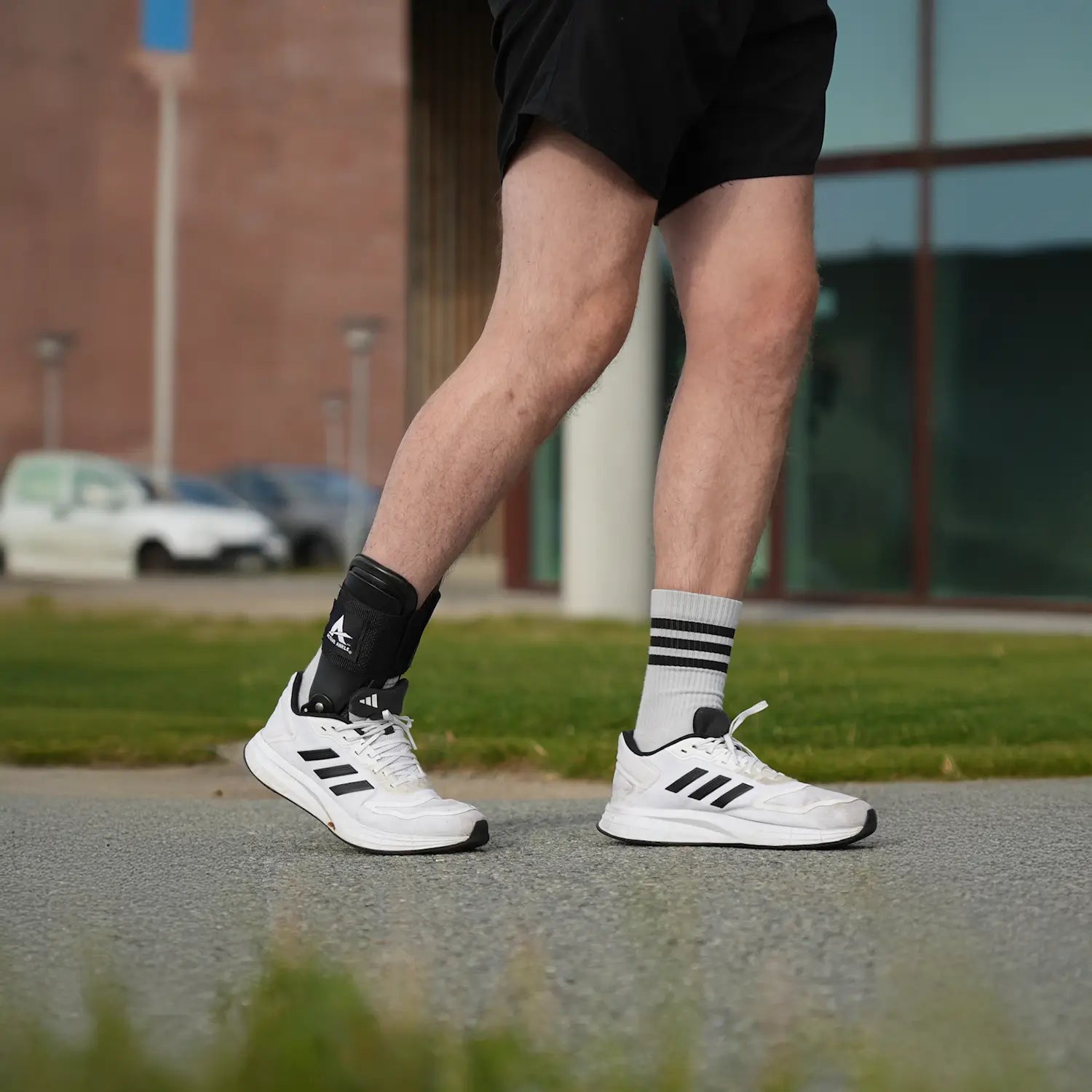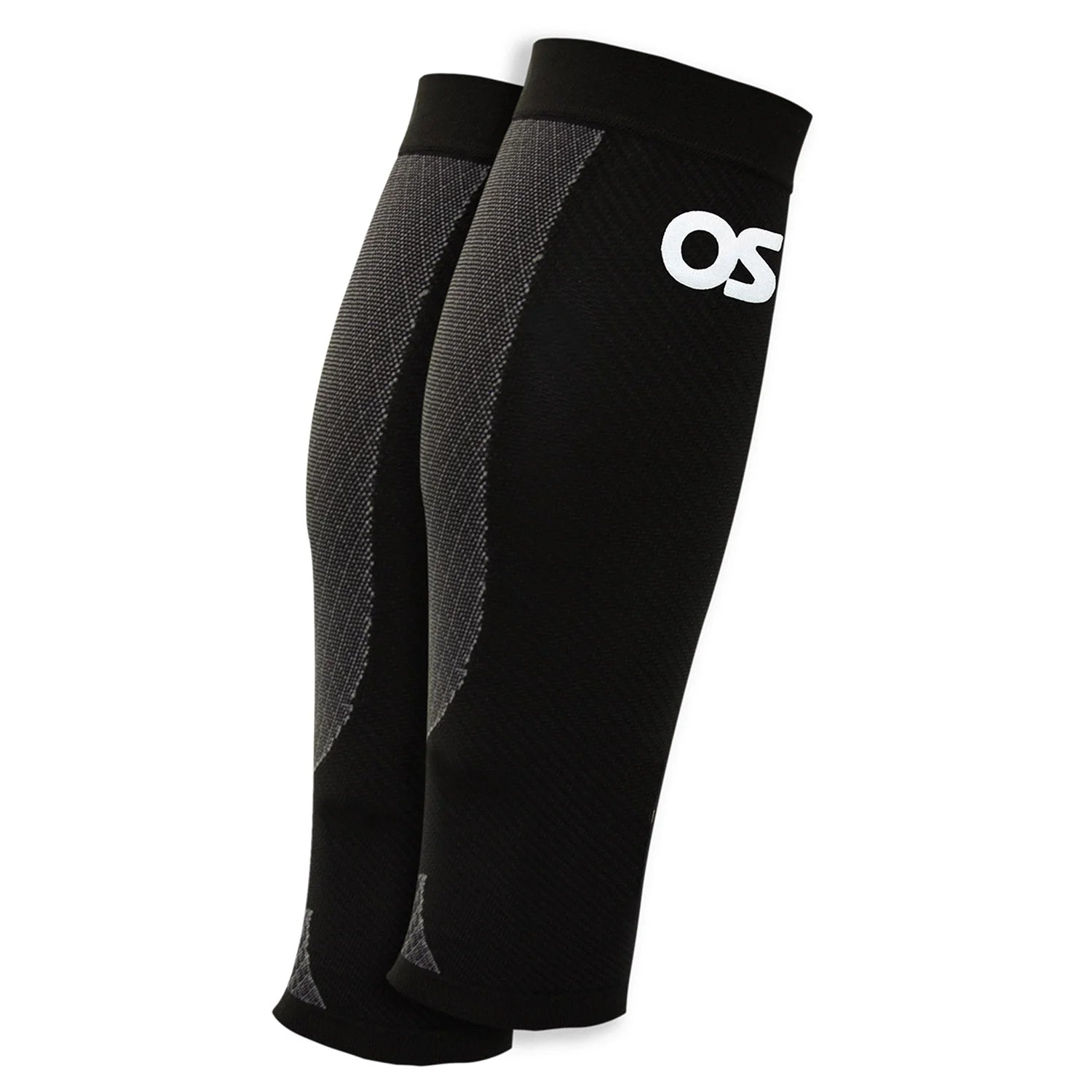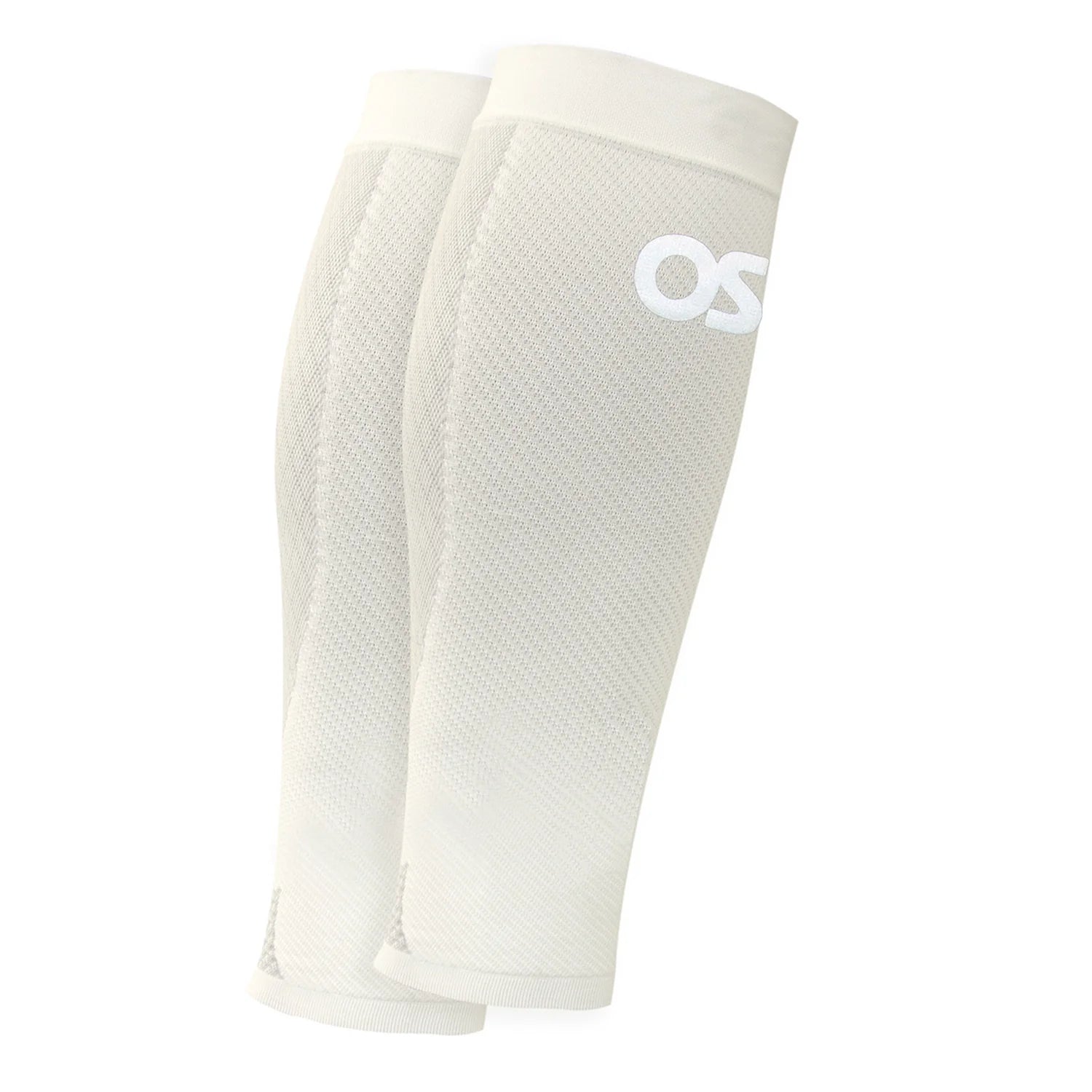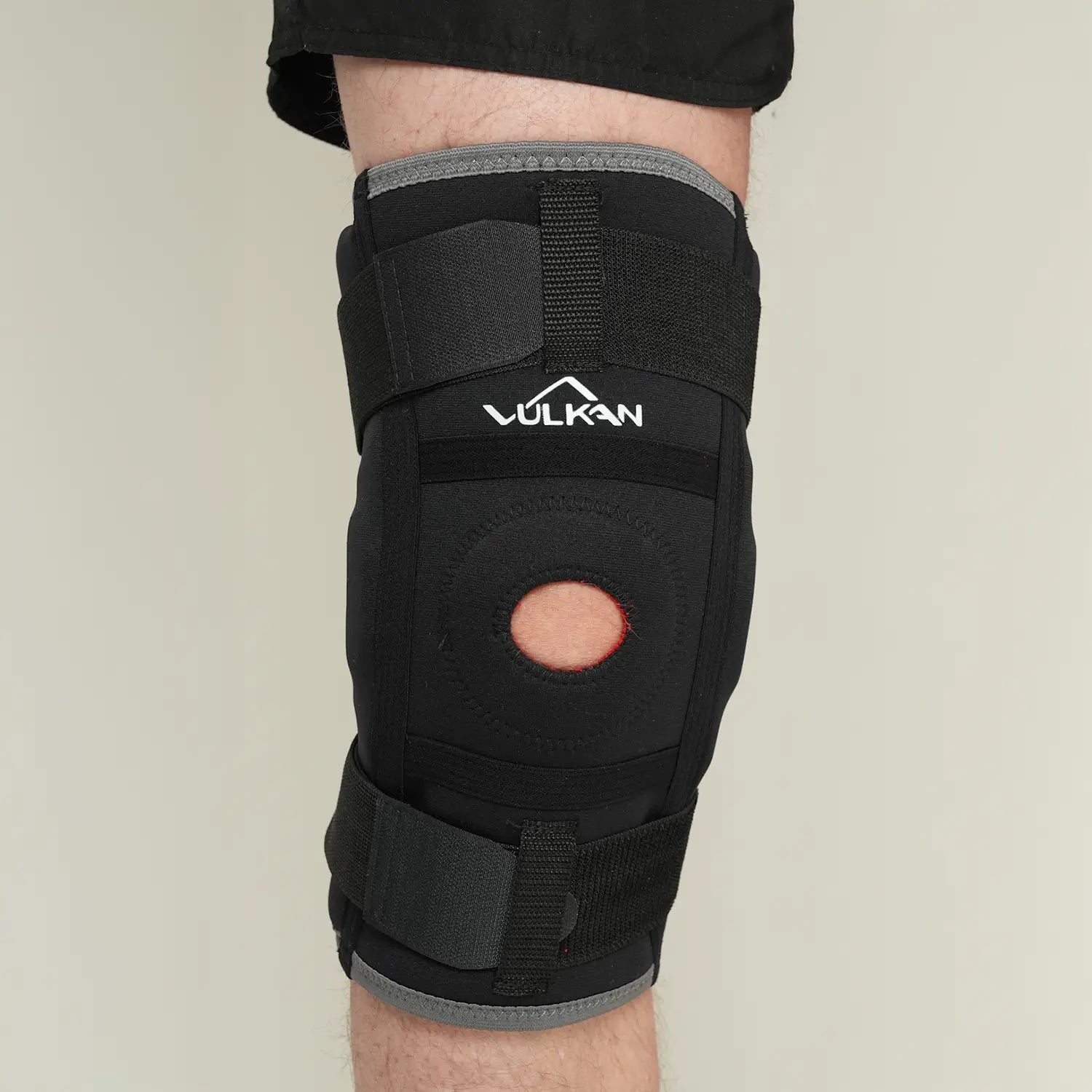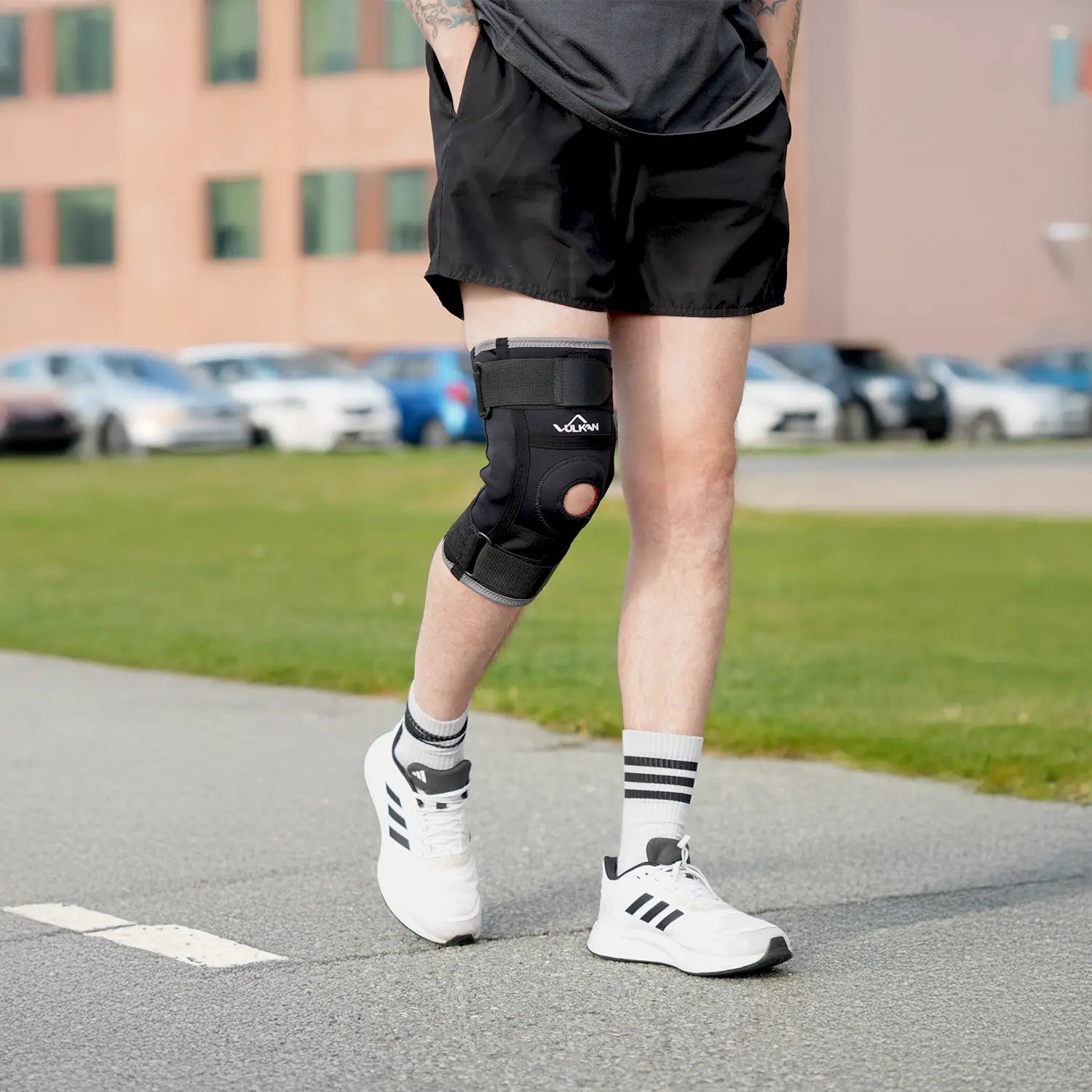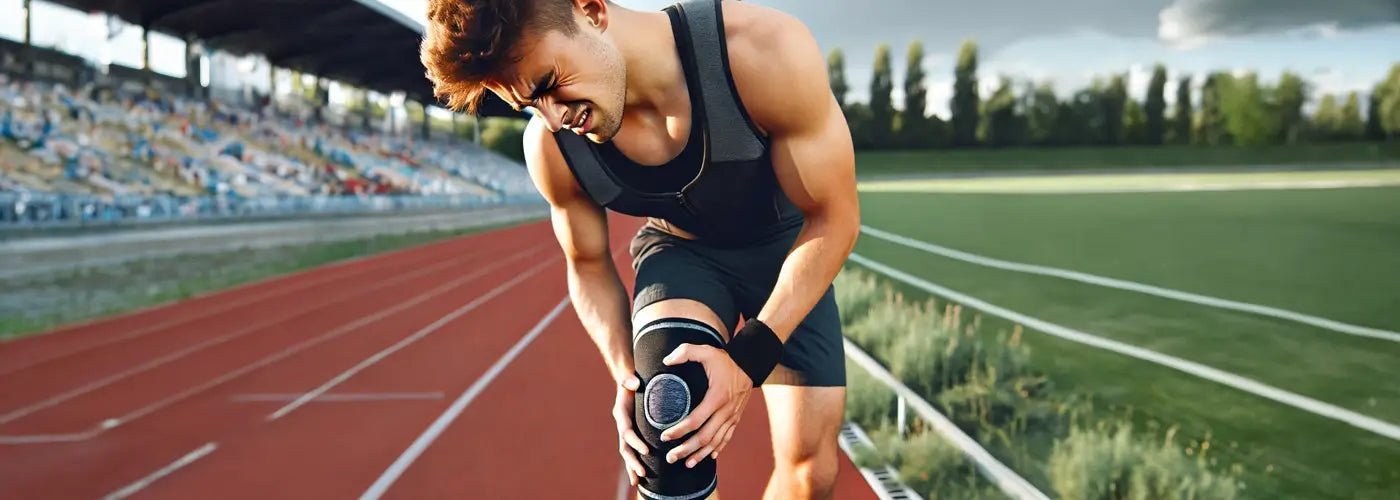
Jumping knee
Content description
Jumper's knee, also known as patellar tendonitis, is an overuse injury that occurs in the tendon attachment below the kneecap. It often affects athletes in sports such as volleyball, basketball and long jumping, where the body is subjected to repeated jumping and landing. Contrary to what the name suggests, it is not always just jumpers who are affected - runners, football players and exercisers can also develop the injury when overloaded. To understand how to manage and prevent jumper's knee, it is important to review the symptoms, cause, treatment strategy and prevention strategies.
Symptoms of jumper's knee
- Local pain under the kneecap, at the attachment of the patellar tendon
- Tenderness when you press on the tendon attachment
- Pain during exertion such as jumping, standing up or climbing stairs
- Stiffness after rest, especially at the beginning of activity
These symptoms clearly describe the classic signs of the disease. In mild cases, it is felt after exercise or when getting up from a sitting position, while in more pronounced stages, the pain can occur even during activity or at rest.
What causes jumper's knee?
When you jump, the thigh muscle and its tendon attach to the lower edge of the kneecap are stressed. Repetitive or explosive movements can lead to the tendon becoming overloaded and damaged. Small micro tears occur, leading to increased vascular activity and fluid accumulation, which means that even everyday movements such as getting up from a sitting position can trigger pain. Athletes in jumping and landing-loaded activities such as volleyball, basketball and track and field, as well as runners on hard surfaces, are particularly vulnerable. Strong and frequent activation of the quadriceps without sufficient recovery is the typical trigger for secondary inflammation at the attachment below the kneecap.
Making the correct diagnosis
Diagnosis is usually based on the clear symptoms and examination findings such as tenderness on palpation under the kneecap and specific stress tests, such as heavy squatting on an inclined surface. If necessary, the diagnosis is supplemented with ultrasound or MRI, which can reveal swelling or vascular activity in the tendon.
Treatment and rehabilitation
Custom load
The first step is to reduce the strain on the tendon – stop jumping and explosive movements while maintaining the level of activities such as cycling or light weight training. It is important to follow a gradual progression, according to the Parmesan principle, where the strain is increased below the pain threshold.
Training and exercises
While isometric training can be effective in relieving pain in the short term, eccentric training has been shown to provide the best long-term results. Study protocols show that eccentric toe raises on an inclined surface and slow-lowering squat exercises strengthen the tendon and restore tissue.
Complements and relief
Knee braces or patellar straps can relieve pain from your jumper's knee by relieving the tendon attachment. Short-term use of NSAIDs can also be used, but should be avoided for long-term use. Low-dose laser, EPTE, and shockwave therapy are evidence-based adjuncts that stimulate healing.
Injections and surgery
Cortisone injections often provide short-term effects but are associated with a risk of tendon deterioration. PRP (platelet-rich plasma) may be useful in chronic and therapy-resistant cases, especially leukocyte-rich PRP according to studies. In chronic conditions (>6–12 months) that do not respond to conservative treatment with lindatone, surgical opening and removal of degenerated tissue may be discussed.
Preventive strategies
To avoid recurrence of jumper's knee, you should train your quadriceps, hip and gluteal muscles regularly, both eccentrically and concentrically. Stretching your quadriceps, hamstrings and hip flexors is important to maintain flexibility. Studies show that neuromuscular and proprioceptive training combined with eccentric training improves long-term results.
Recommended products
Can I exercise again after rehabilitation?
Yes, when pain does not occur during exercises such as drop squats and eccentric training, you can gradually return to jumping and landing training.
When can I stop using the knee brace?
When you can perform activities without pain and soreness, you can taper off the use. Support can be used when returning to sports.
Are laser and shockwave effective?
Studies show that these methods can relieve pain and promote healing in the short to medium term.
When is surgery needed?
Only after 6–12 months of persistently unsuccessful conservative treatment, combined with tests confirming tendon degeneration.




